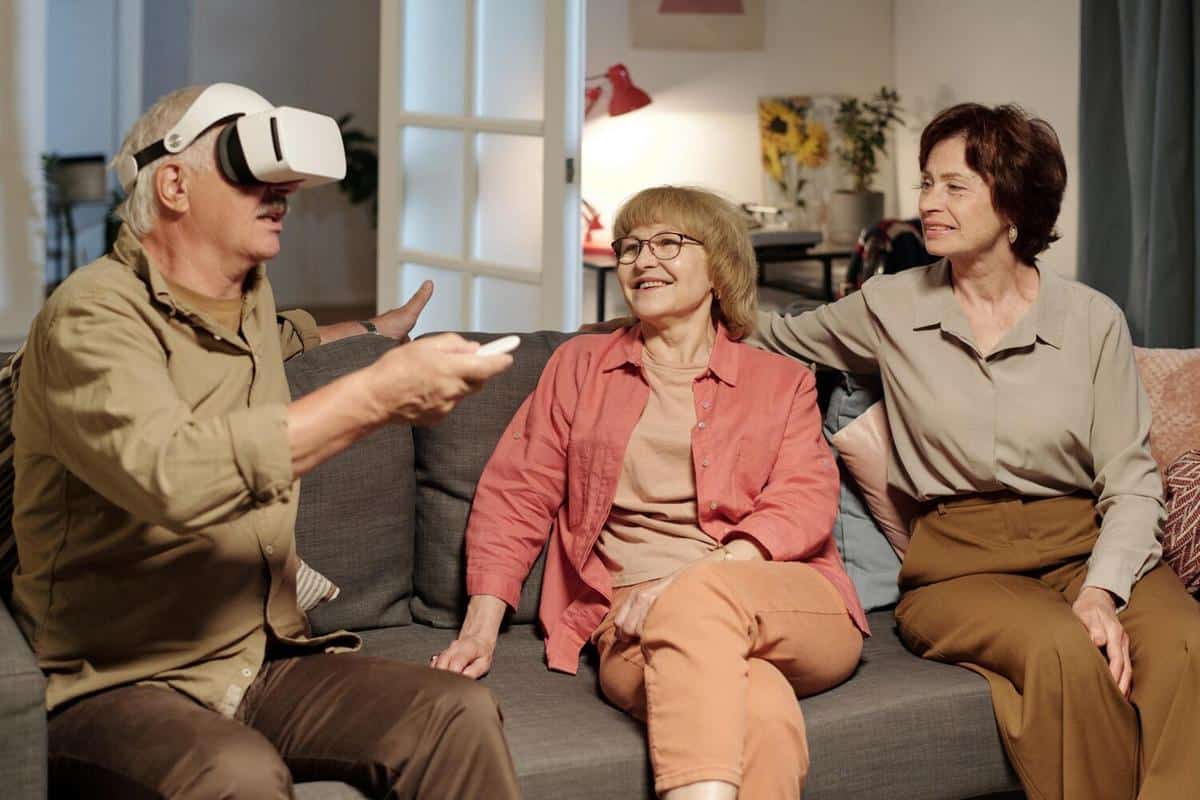
Smart Home Technology: A Game Changer for Aging in Place
The rise of smart home technology is transforming how we live, especially for seniors who wish to maintain their independence while aging in place.
Understanding Smart Home Technology
Smart home technology integrates devices and systems that automate tasks traditionally handled by humans. From lighting and heating to security and healthcare, these technologies provide convenience and safety, especially for the elderly.
The Impact on Aging in Place
For seniors, aging in place means living in their own homes safely, independently, and comfortably. Smart home technology becomes a crucial player in this scenario by offering solutions that tackle the challenges of aging. According to a study by AARP, nearly 90% of adults over 65 desire to stay in their current homes as they age. Smart technology can be a game-changer, making this possible.
Expert Opinions
Dr. Laura Carstensen, a renowned gerontologist, highlights that technology can significantly improve the quality of life for older adults. She notes that innovations like smart sensors and voice-activated assistants can help seniors manage daily tasks without the need for constant assistance.
Real-Life Examples
Consider the case of Tom, an 82-year-old living independently. With smart lighting and automated medication reminders, he manages his health and home environment effortlessly, reducing reliance on external help. His experience is a testament to the empowerment smart home technology provides.
Key Features of Smart Home Technology for Seniors
| Feature | Description |
|---|---|
| Voice Assistants | Enable hands-free control and reminders. |
| Smart Lighting | Adjusts automatically to prevent falls. |
| Wearable Health Monitors | Track vital signs and alert healthcare providers. |
| Automated Medication Dispensers | Ensure timely and accurate medication intake. |
| Smart Doorbells | Enhance security by showing visitors remotely. |
| Fall Detection Sensors | Alert caregivers in case of a fall. |
| Thermostat Control | Maintains a comfortable environment with minimal effort. |
| Smart Stoves | Prevent kitchen accidents by automatically shutting off. |
Pro Tips for Implementing Smart Home Technology
Start small by integrating one or two smart devices and gradually expand as you become comfortable with the technology.
Actionable Tips
- Consult with professionals to assess the specific needs of the senior individual.
- Ensure that devices are easy to use and compatible with existing systems.
- Consider the privacy and security aspects of connected devices.
Resources for Further Information
For more insights on integrating smart home technology, visit AARP’s official website for guides and advice.
Frequently Asked Questions
How does smart home technology benefit seniors?
It enhances safety, convenience, and independence, allowing seniors to manage their daily lives more efficiently.
Are smart home devices secure?
Yes, but it’s essential to follow best practices like using strong passwords and regularly updating software to mitigate risks.
What is the cost of setting up a smart home?
Costs vary based on the devices and systems chosen, but starting with basic devices can be affordable.
Conclusion
Smart home technology is proving to be a vital tool for seniors wishing to age in place, offering solutions that enhance safety, independence, and quality of life. By starting with small, manageable steps, seniors and their families can create a supportive home environment that adapts to their needs.


